Why is it still so hard to land a compelling vision?
I’ve recently been in numerous conversations regarding vision, mission, purpose, values, and behaviours. There’s been confusion, complexity – and even outright rejection.
Interestingly, I’ve met three distinct groups along the way:
Ticking the boxes
Some elements are on point, but the vision is a mission, or the mission is a purpose. There’s the odd poster on a toilet door, but frankly, it’s a hot mess that lacks substance and connection.
The star gazers
Most elements are individually worked out with a solid vision and relatable values. But it doesn’t quite align with the near-term strategy or operational growth goals, missing the potential for full connection.
The avoiders
These naysayers believe all this to be make-believe, straight out of a Disney cartoon – rather than a vision that inspired the great learnings that built one of the largest entertainment companies in the world. They believe people don’t require long-term inspiration.
Let’s get some simple definitions out of the way:
Vision – your long-term, stretching potential; I like to call this Your Possibility, what's possible if you apply yourself to unlock your full potential.
Jim Collins calls this the BHAG (Big Hairy Audacious Goal) in his book Built to Last. "A BHAG engages people—it reaches out and grabs them in the gut. It is tangible, energising, highly focused. People 'get it' right away; it takes little or no explanation.".
Whichever of these you prefer, what’s clear is that this sits above everything else, and the more tangible it can be, the more motivating it becomes.
Mission – the business you are in, what you do and whom you do it for.
Purpose – why you do what you do, how you deliver something meaningful to others that drives you to do this work, and the impact you can have.
Values – the core beliefs within the organisation that define who should work here.
Behaviours – what you see people do, how they go about the work they do, which for most teams when these are well defined, are more practical than values.
I believe it is critical to attain alignment on each of these and ensure they connect to the strategy. What you are doing today to drive growth must ladder up to the bigger picture and inform the ambitions of each team to guide what they do next so that each action drives towards the desired direction. Clarity informs focus, and growth lies on the other side of that focus.
Do businesses fail without this? No. But they do underperform, underwhelm, and lose good people who feel disconnected from the company's purpose. Absolutely, every day.
Is your vision clear, tangible and aligned to defined and ownable ambitions for each team that guide what they should focus on next? Does the strategy connect to possibility so that clarity fuels that focus?


